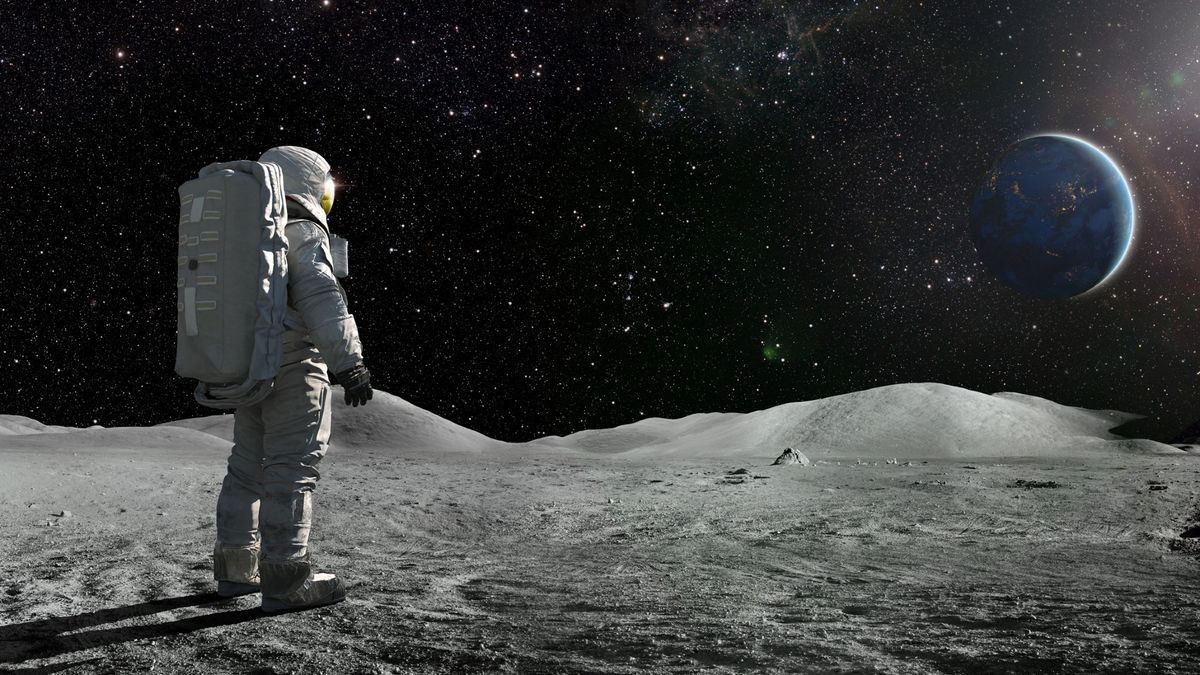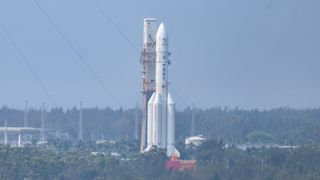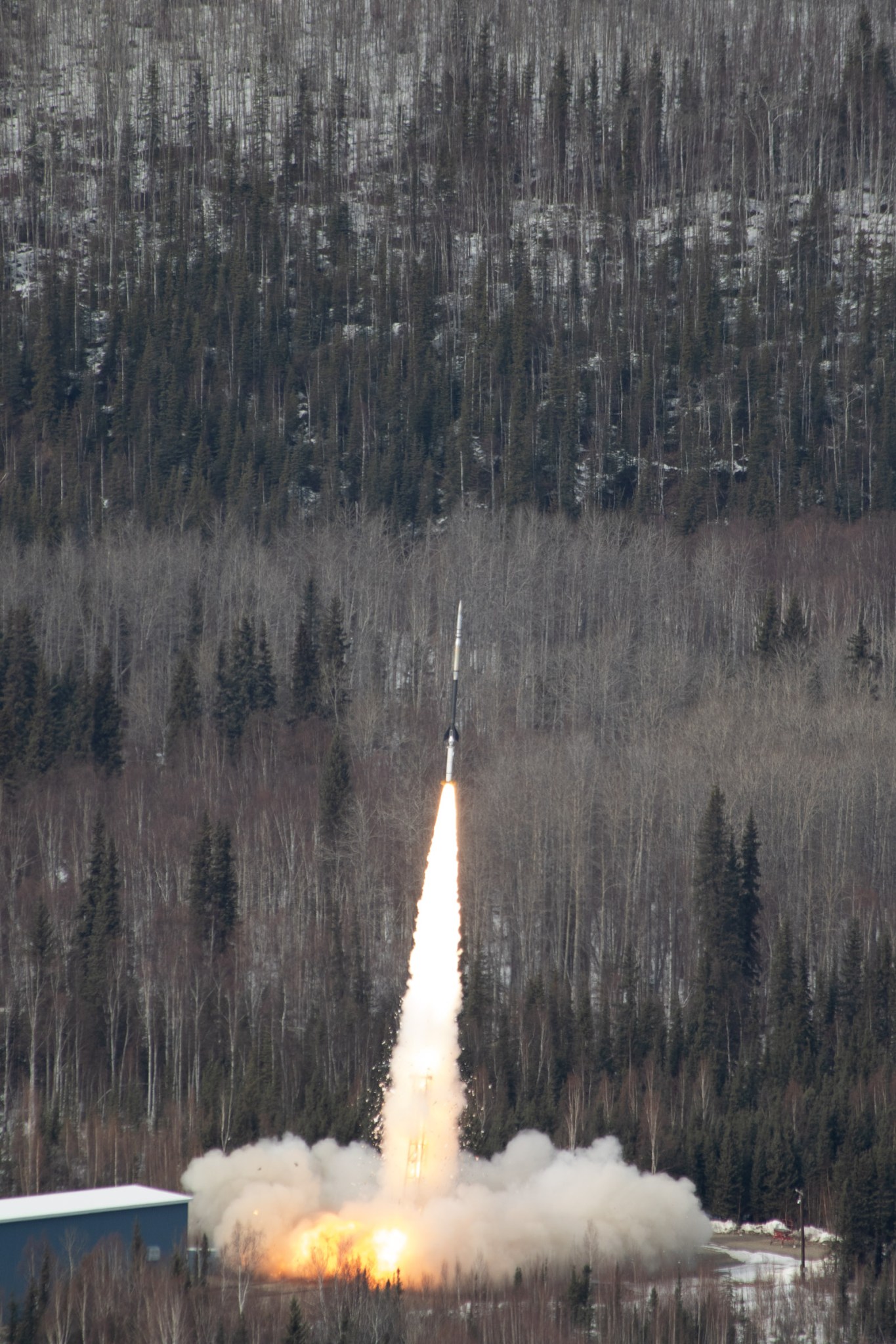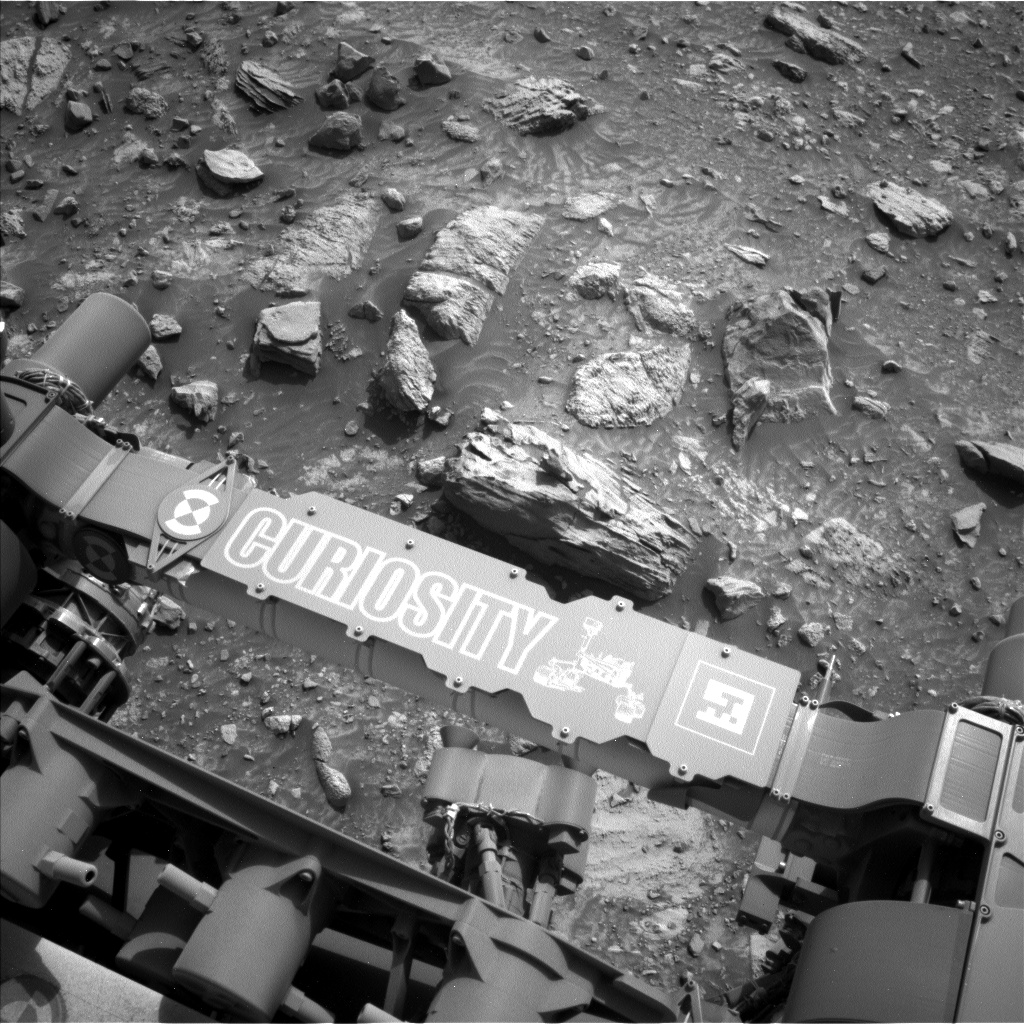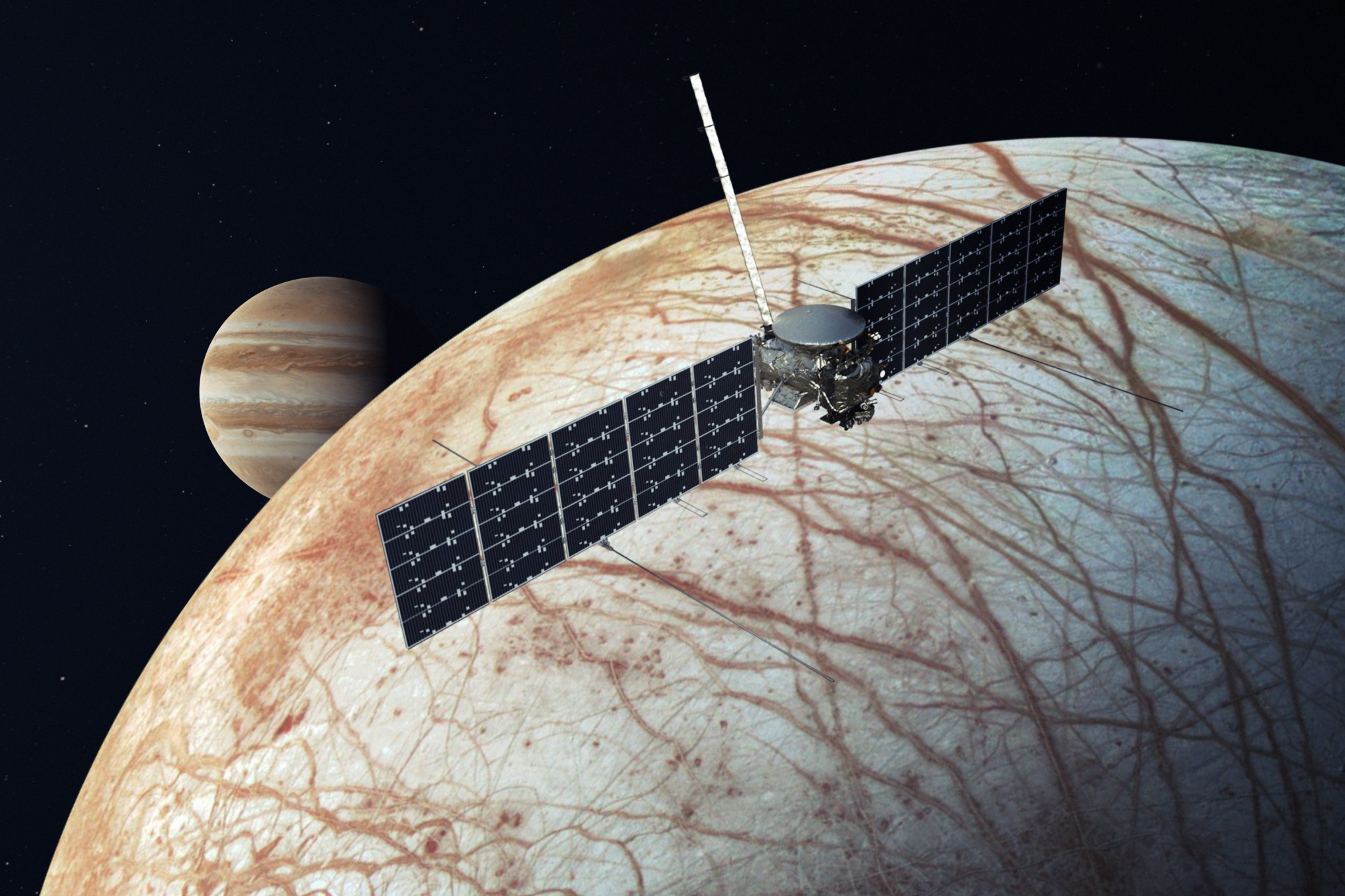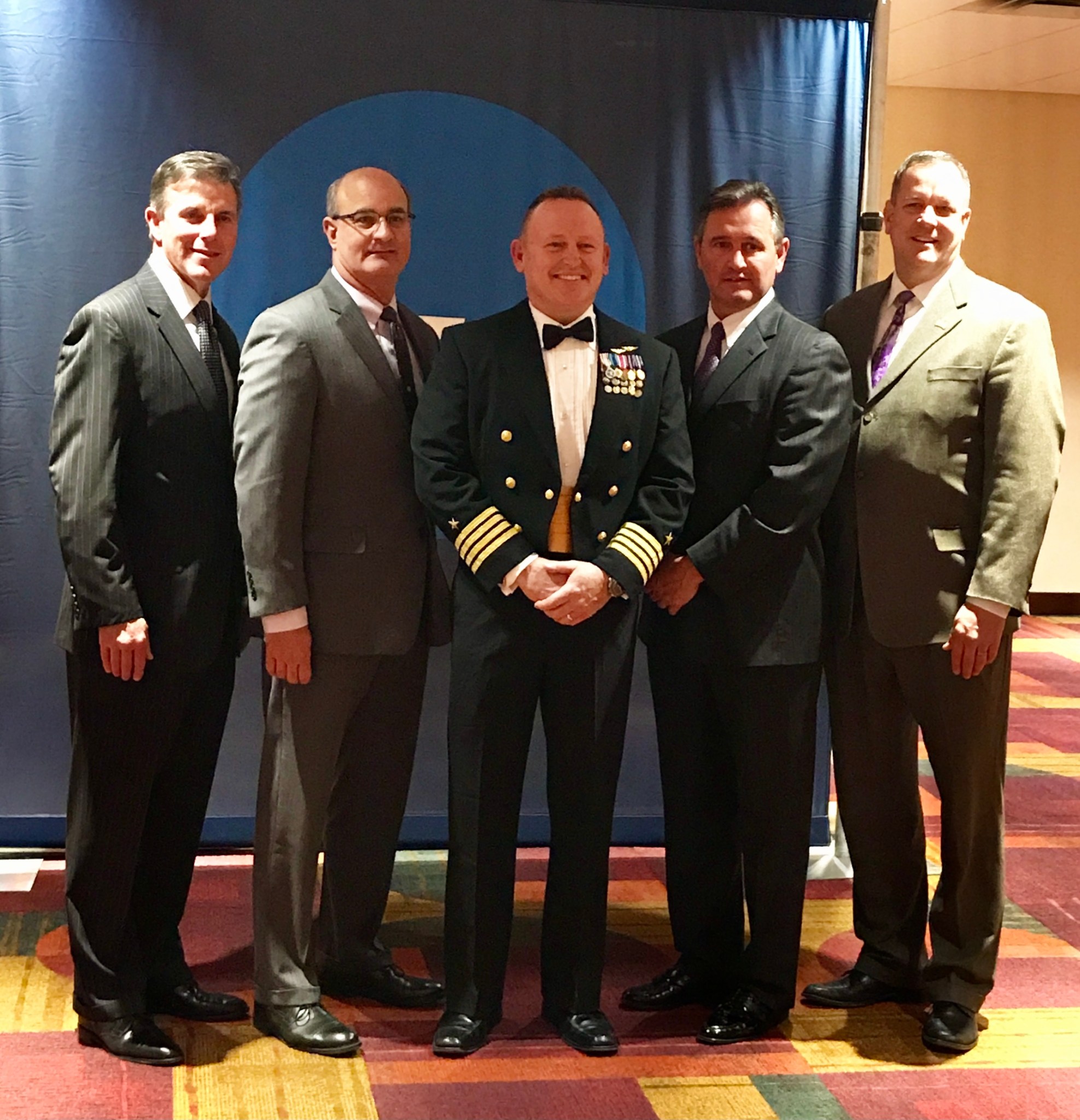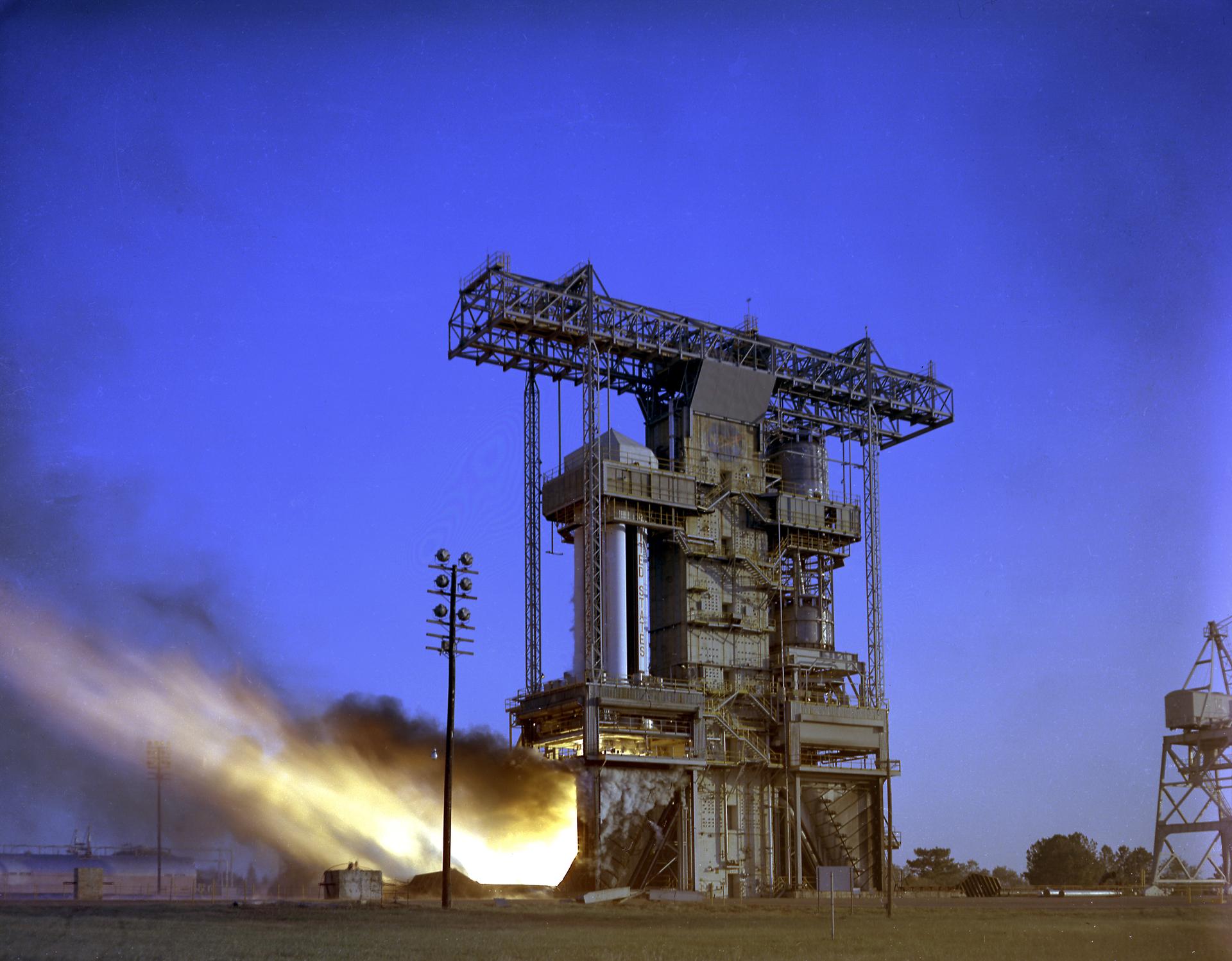Any human who spends enough time in a low-gravity environment — such as a future habitat on the moon — will experience bodily changes as their muscles atrophy, their bones lose mass and their control over their whole body itself declines. This is why astronauts who spend time beyond Earth’s atmosphere must exercise on their missions. Without physical fitness, they’ll struggle to function on even a basic level when they return to Earth’s gravity. Now, researchers from the University of Milan have devised a new form of exercise to keep…
Read MoreMonth: May 2024
Watch live: China launching Chang’e 6 mission to far side of the moon early May 3 (video)
China is set to launch its next robotic moon mission on Friday (May 3), and you can watch the action live. A Long March 5 rocket carrying the Chang’e 6 lunar far side sample return mission is scheduled to launch between 5:17 a.m. EDT (0917 GMT) and 6:18 a.m. EDT (1018 GMT) on Friday. The mission will take off from China’s Wenchang Satellite Launch Center on the tropical island province of Hainan, off the southeastern coast of mainland China. You can watch the action live here when the time comes,…
Read More2024 Total Solar Eclipse: Prediction vs. Reality
2 min read 2024 Total Solar Eclipse: Prediction vs. Reality Image Before/After Before a total solar eclipse crossed North America on April 8, 2024, scientists at Predictive Science Inc. of San Diego aimed to foresee what the Sun’s outer atmosphere, the corona, would look like during totality. The predictions help researchers understand the accuracy of their models of the Sun’s corona, which extends along its magnetic field. A solar eclipse offers a rare opportunity to view the entire corona from Earth, guiding research into how its energy can cause solar…
Read MoreResearchers Develop ‘Founding Document’ on Synthetic Cell Development
3 min read Preparations for Next Moonwalk Simulations Underway (and Underwater) Synthetic cell development could lead researchers to new developments in food and medical sciences and a better understanding of the origins of life on Earth. NIH/Rhoda Baer Cells are the fundamental units of life, forming the variety of all living things on Earth as individual cells and multi-cellular organisms. To better understand how cells perform the essential functions of life, scientists have begun developing synthetic cells – non-living bits of cellular biochemistry wrapped in a membrane that mimic specific…
Read MoreHi-C Rocket Experiment Achieves Never-Before-Seen Look at Solar Flares
4 min read Preparations for Next Moonwalk Simulations Underway (and Underwater) The High-Resolution Coronal Imager, or Hi-C, launches aboard a Black Brant IX sounding rocket April 17 at Poker Flat Research Range in Fairbanks, Alaska. NASA By Jessica Barnett After months of preparation and years since its last flight, the upgraded High Resolution Coronal Imager Flare mission – Hi-C Flare, for short – took to the skies for a never-before-seen view of a solar flare. The low-noise cameras – built at NASA’s Marshall Space Flight Center in Huntsville, Alabama –…
Read MoreGalaxy Evolution Explorer Searches for Light
NASA’s Galaxy Evolution Explorer was launched on April 28, 2003. Its mission was to study the shape, brightness, size and distance of galaxies across 10 billion years of cosmic history.
Read MoreSols 4173-4174: Reflections
3 min read Sols 4173-4174: Reflections This image was taken by Left Navigation Camera onboard NASA’s Mars rover Curiosity on Sol 4171 (2024-04-30 19:41:16 UTC). NASA/JPL-Caltech Earth planning date: Wednesday, May 1, 2024 Today’s planning was a little out of the ordinary. Not in terms of the plan itself, Curiosity’s team built an exciting plan utilizing much of its science toolkit. Today’s plan was unusual rather due to my role as APXS PUDL Reverse Shadow (PUDL = Payload Uplink/Downlink Lead). While I normally staff the APXS PUDL role, the person on-shift responsible for…
Read MoreNASA Selects Students for Europa Clipper Intern Program
4 min read NASA Selects Students for Europa Clipper Intern Program NASA has selected 40 undergraduate students for the first year of its Europa ICONS (Inspiring Clipper: Opportunities for Next-generation Scientists) internship program, supporting the agency’s Europa Clipper mission. Europa ICONS matches students with mentors from the mission’s science team for a 10-week program to conduct original scientific research on topics related to the mission to Jupiter’s moon Europa. Artist’s rendering of NASA’s Europa Clipper spacecraft. NASA/JPL-Caltech The program is planned to run every year until Europa Clipper completes its prime…
Read MoreNASA Mission Strengthens 40-Year Friendship
As NASA astronaut Butch Wilmore launches aboard Boeing’s Starliner spacecraft to the International Space Station Monday, May 6 on its first crewed flight, one of his best friends will have played a key role in getting him there. Billy Stover, chief safety officer for NASA’s Commercial Crew Program, and Wilmore have been friends for more than 40 years. The pair’s friendship began in the 1980s at Tennessee Tech University on the football field. “We would do weight training and we would get paired up,” said Stover. “If he did 50…
Read MoreThe Marshall Star for May 1, 2024
23 Min Read The Marshall Star for May 1, 2024 Marshall Prepares for Strategic Facilities Updates NASA’s Marshall Space Flight Center is getting ready for the next big step in the evolution of its main campus. Through a series of multi-year infrastructure projects, Marshall is optimizing its footprint to assure its place as a vibrant and vital hub for the aerospace community in the next era. Near-term plans call for the carefully orchestrated take-down of 19 obsolete and idle structures – among them the 363-foot-tall Dynamic Test Stand, the Propulsion and…
Read More